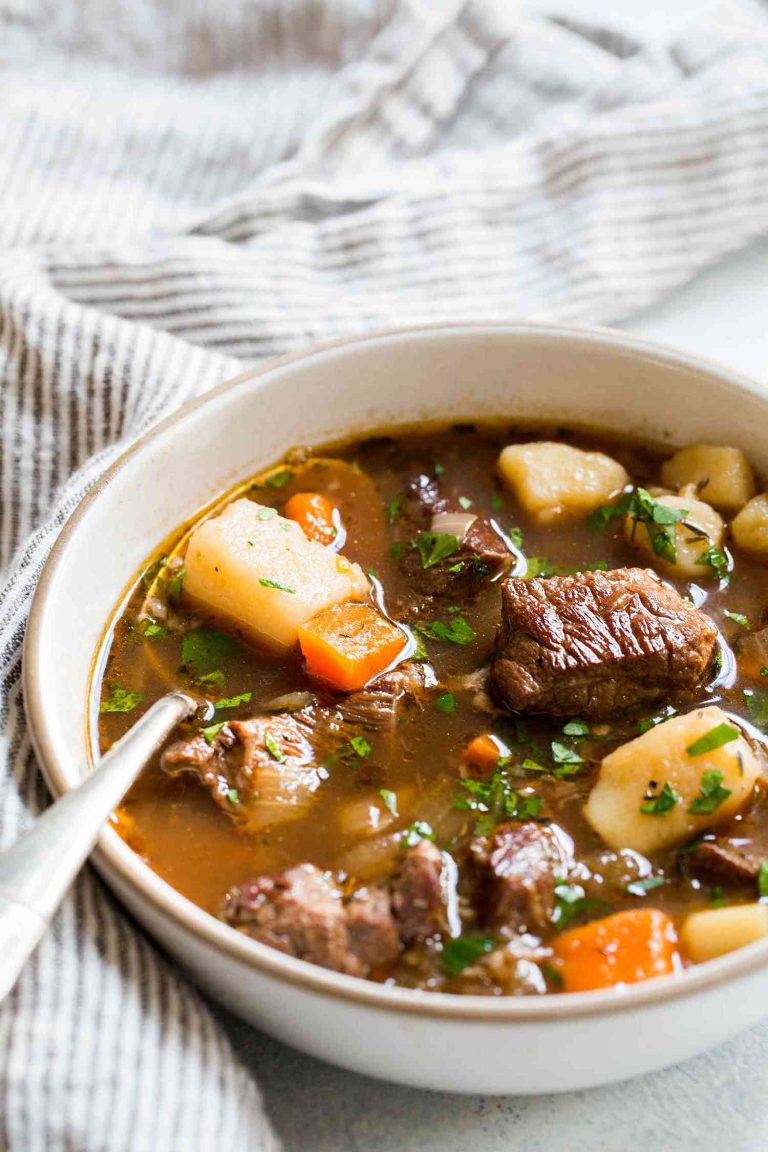Lemon Blueberry Custard Pie: Recipe, Serving Tips, and Health Benefits
Lemon blueberry custard pie has a rich history. Traditional custard pies date back to medieval Europe, with recipes evolving over centuries. Lemon, native to Asia, was introduced to Europe and the Americas through trade routes, becoming a popular citrus ingredient in desserts.
Blueberries, native to North America, were integrated later into dessert recipes. The combination likely emerged in the 20th century when home bakers experimented with local fruits and available ingredients. The pie reflects the blending of global influences and local produce, resulting in a delicious modern dessert.
Regional Variations and Influences
Regional variations of lemon blueberry custard pie add unique twists. In the Southern United States, the pie often features a graham cracker crust, offering a sweet contrast. New England versions may use wild blueberries, yielding a more intense flavor.
In Pacific Northwest recipes, you might find huckleberries substituted for blueberries, highlighting regional berry varieties. Each variation showcases local ingredients while maintaining the pie’s core elements—lemon zest, blueberries, and creamy custard.
Key Ingredients and Substitutions
Essential Ingredients for Lemon Blueberry Custard Pie
Your Lemon Blueberry Custard Pie starts with a few critical components. Fresh lemons provide zest and juice, adding a vibrant and tangy flavor. Blueberries, whether fresh or frozen, contribute sweetness and a juicy texture. Granulated sugar balances the tartness of the lemons, and eggs give the custard its creamy consistency. Heavy cream enriches the custard, while a touch of vanilla extract enhances overall flavors. Flour or cornstarch helps thicken the custard, ensuring it sets properly. A premade pie crust or homemade crust forms the pie’s foundation, holding all the delightful ingredients together.
Substitution Options for Dietary Restrictions
You can easily adapt the pie to accommodate dietary needs. For a gluten-free version, replace the regular crust with a gluten-free pie crust, available in most grocery stores. Substitute almond flour or cornstarch for regular flour if needed. For a dairy-free pie, use coconut milk or almond milk instead of heavy cream, and opt for a dairy-free pie crust. Replace eggs with a vegan egg substitute made from chia seeds or flax seeds mixed with water. If you need to reduce sugar, use a sugar substitute like stevia or erythritol without compromising sweetness.
By considering these key ingredients and their substitutions, you can create a Lemon Blueberry Custard Pie tailored to various preferences and restrictions.
Step-by-Step Recipe for Lemon Blueberry Custard Pie
Preparing the Custard
Combine eggs, sugar, and lemon zest in a large bowl for the custard. Whisk until the mixture is smooth and pale. Gradually pour in heavy cream while continuing to whisk. Add vanilla extract, ensuring the mixture is well-incorporated. For a thicker custard, mix in 2 tablespoons of flour or cornstarch. Set aside.
Assembling and Baking the Pie
Preheat your oven to 350°F (175°C). Roll out your pie crust and fit it into a 9-inch pie dish, trimming and crimping the edges. Spread an even layer of fresh blueberries on the bottom of the crust. Pour the prepared custard over the blueberries, covering them evenly. Place the pie on the center rack of the oven. Bake for 45-50 minutes, or until the custard is set and the crust is golden. Cool the pie completely before slicing.
Serving and Pairing Suggestions
Best Practices for Serving
Serve the Lemon Blueberry Custard Pie chilled to enhance its refreshing qualities. Ensure the pie cools completely to allow the custard to set properly. Use a sharp knife to cut clean slices, ensuring you don’t disrupt the delicate custard and fruit layer.
Garnish each slice with fresh blueberries and a sprig of mint for added color. Alternatively, add a dollop of whipped cream to complement the creamy texture of the custard. For an aesthetic touch, sprinkle a dusting of powdered sugar over the top just before serving.
Drinks and Desserts to Pair With
Pair the Lemon Blueberry Custard Pie with beverages that complement its flavors. Serve with a glass of chilled white wine, like a Sauvignon Blanc, for an elegant pairing. For non-alcoholic options, a sparkling lemonade or an iced green tea balances the pie’s tanginess.
Complement this dessert with light, contrasting flavors. Offer a side of vanilla ice cream to enhance the pie’s creamy nature. For another dessert option, consider a simple fruit salad featuring berries, which harmonizes with the pie’s ingredients without overwhelming the palate.
Health Benefits and Nutritional Value
Analyzing the Health Aspects of Lemon Blueberry Custard Pie
Lemon Blueberry Custard Pie includes numerous ingredients that contribute to both its taste and nutritional profile. Blueberries, for example, provide a high amount of antioxidants, which help combat oxidative stress and inflammation. These berries also supply vitamins C and K, as well as fiber, which supports digestive health.
Lemons add more than just a tangy flavor. They are rich in vitamin C, boosting your immune system and enhancing iron absorption. Additionally, the fresh lemon juice and zest offer antibacterial properties.
Custard, primarily made from milk and eggs, offers a source of high-quality protein and calcium, which are crucial for bone health and muscle function. Eggs also contain essential amino acids and various vitamins, including B12, which supports energy metabolism.
Caloric Content and Nutritional Breakdown
Understanding the caloric content and nutritional breakdown of Lemon Blueberry Custard Pie helps you make informed dietary decisions. Here’s a rough estimate per serving (slice):
| Nutrient | Amount per Serving |
|---|---|
| Calories | 320 kcal |
| Total Fat | 15 g |
| Saturated Fat | 8 g |
| Cholesterol | 80 mg |
| Sodium | 220 mg |
| Total Carbohydrates | 42 g |
| Dietary Fiber | 2 g |
| Sugars | 25 g |
| Protein | 6 g |
| Vitamin C | 15% DV |
| Calcium | 10% DV |
The pie’s fat content primarily comes from the butter and eggs used in the crust and custard. Although it’s rich in saturated fat, consuming it in moderation within a balanced diet mitigates potential health risks. The sugar content stems from both the natural sugars in blueberries and added sugars for sweetness.
Maximizing the benefits of this dessert involves enjoying it as part of a varied diet, rich in whole foods like fruits, vegetables, lean proteins, and whole grains.
Conclusion
Lemon Blueberry Custard Pie isn’t just a dessert; it’s a celebration of flavors and textures. Whether you’re an experienced baker or a novice, this pie offers a delightful challenge and a rewarding outcome. Enjoy it chilled with a garnish of fresh blueberries and mint for an extra touch of elegance. Pair it with a glass of white wine or a refreshing sparkling lemonade to elevate your dessert experience. Remember to savor each bite mindfully, appreciating the health benefits and nutritional value it brings. This pie is a perfect addition to your culinary repertoire, promising to impress and satisfy every time.





